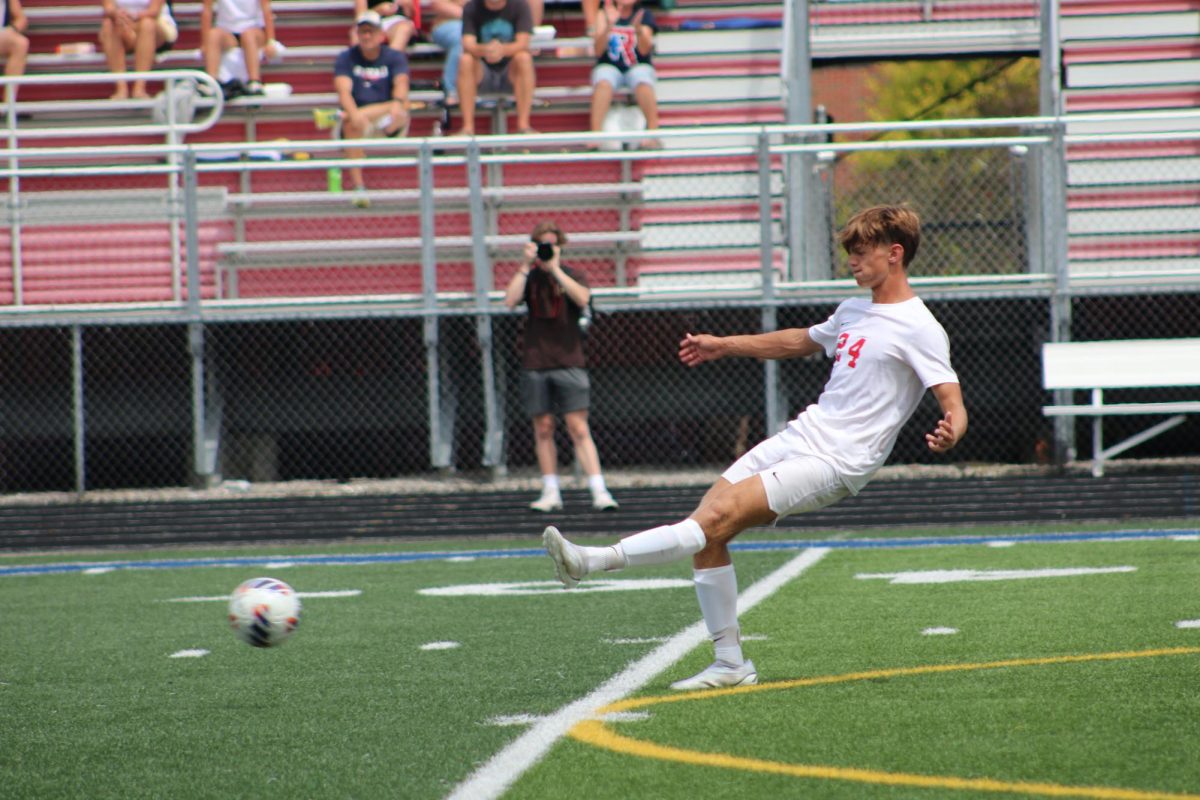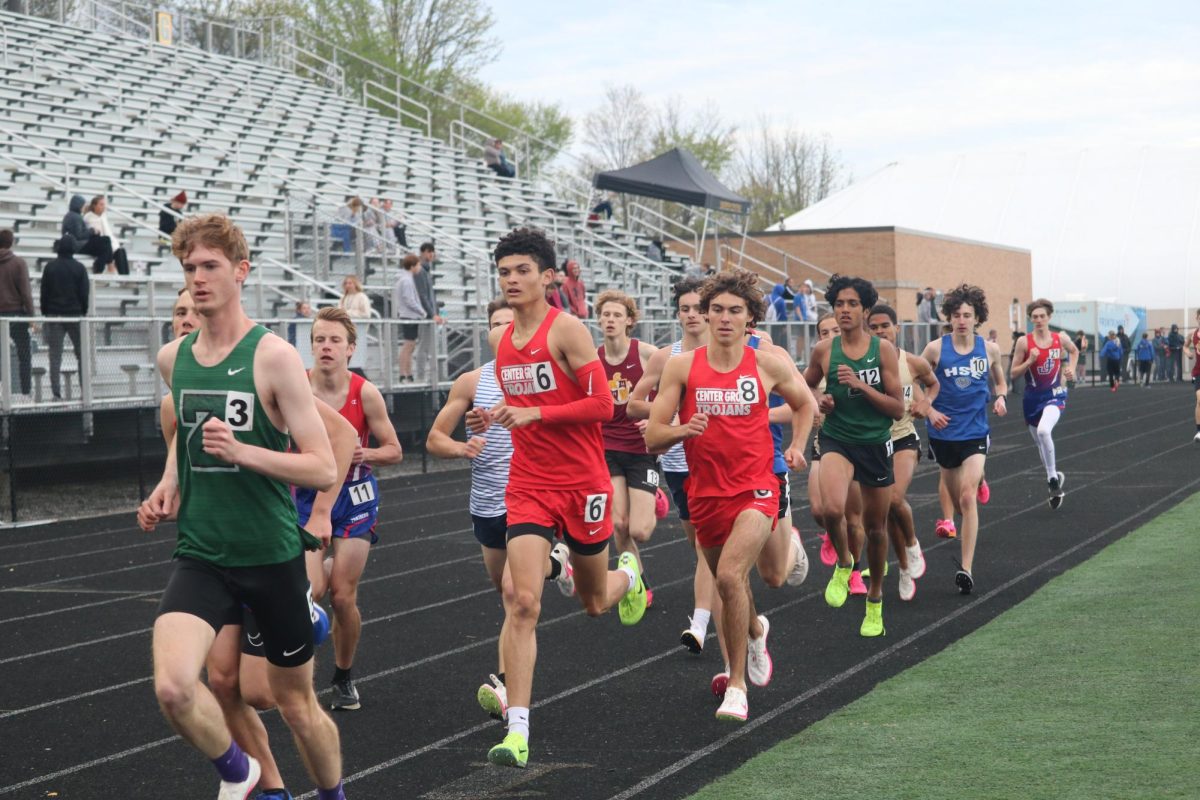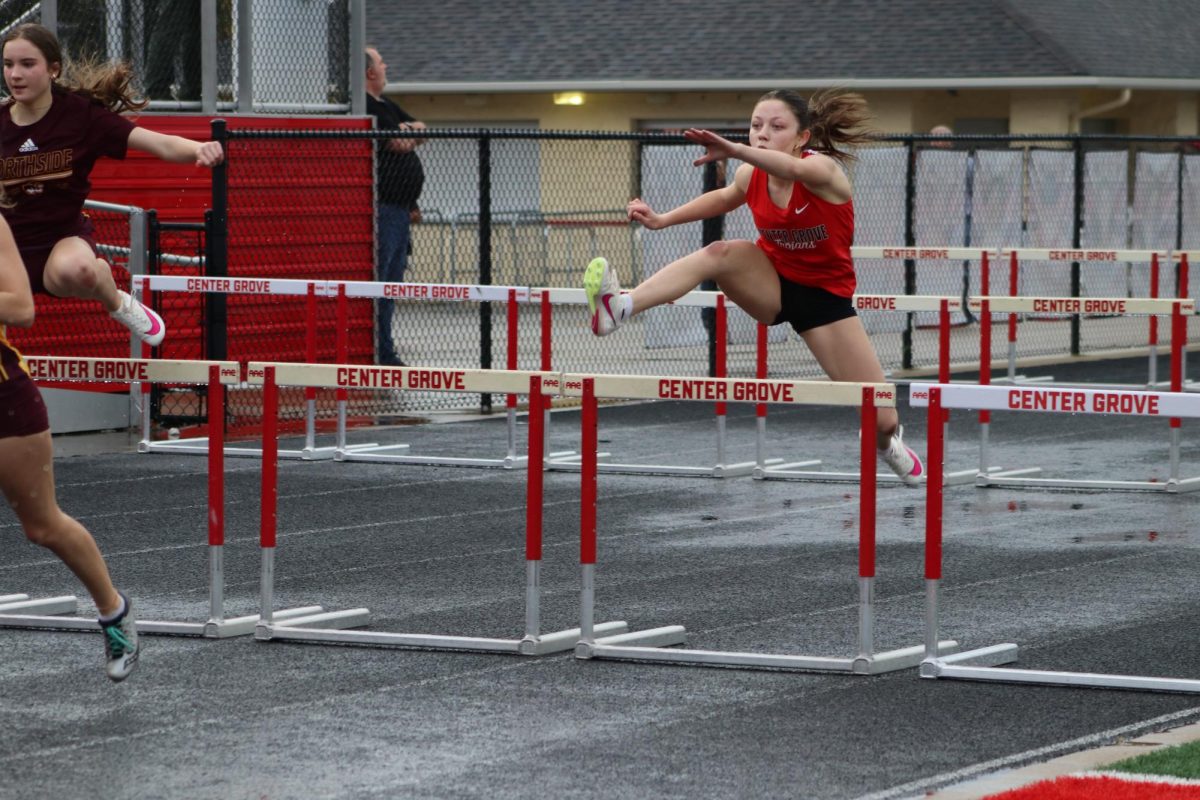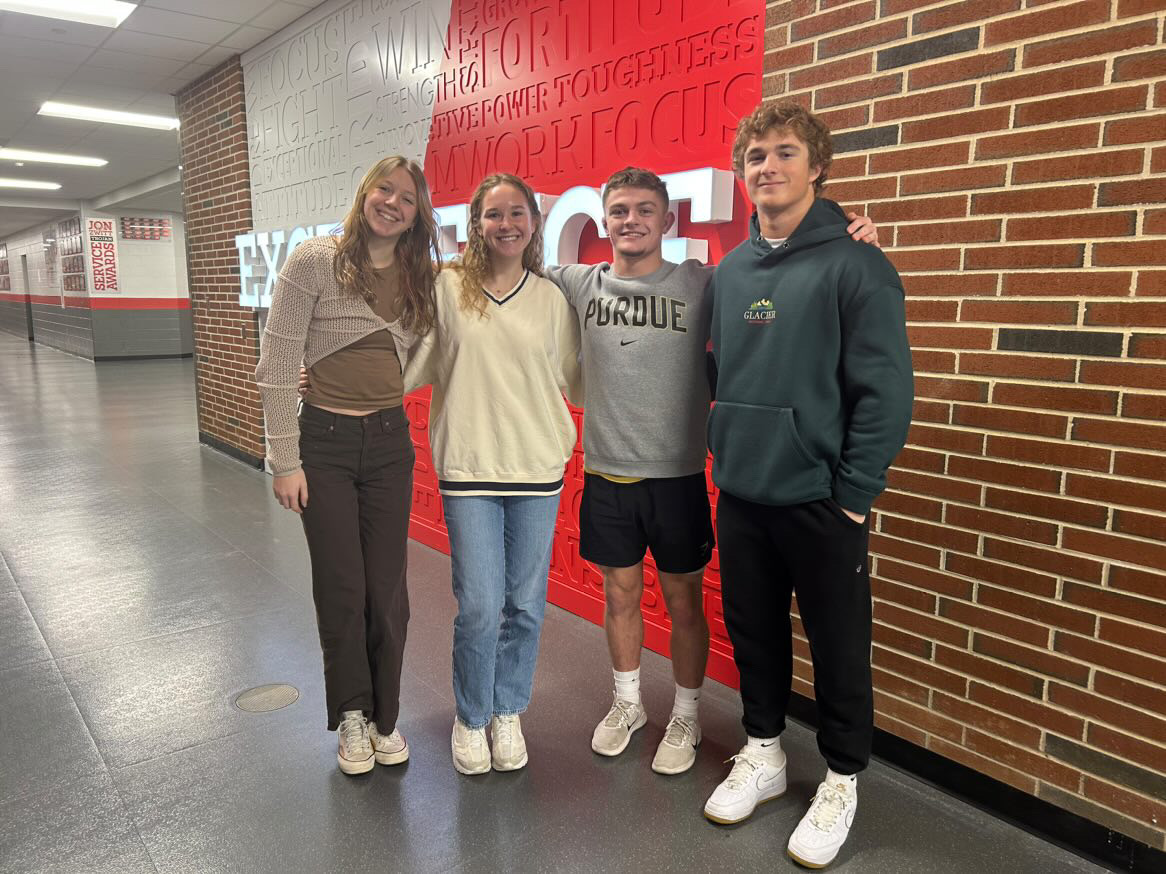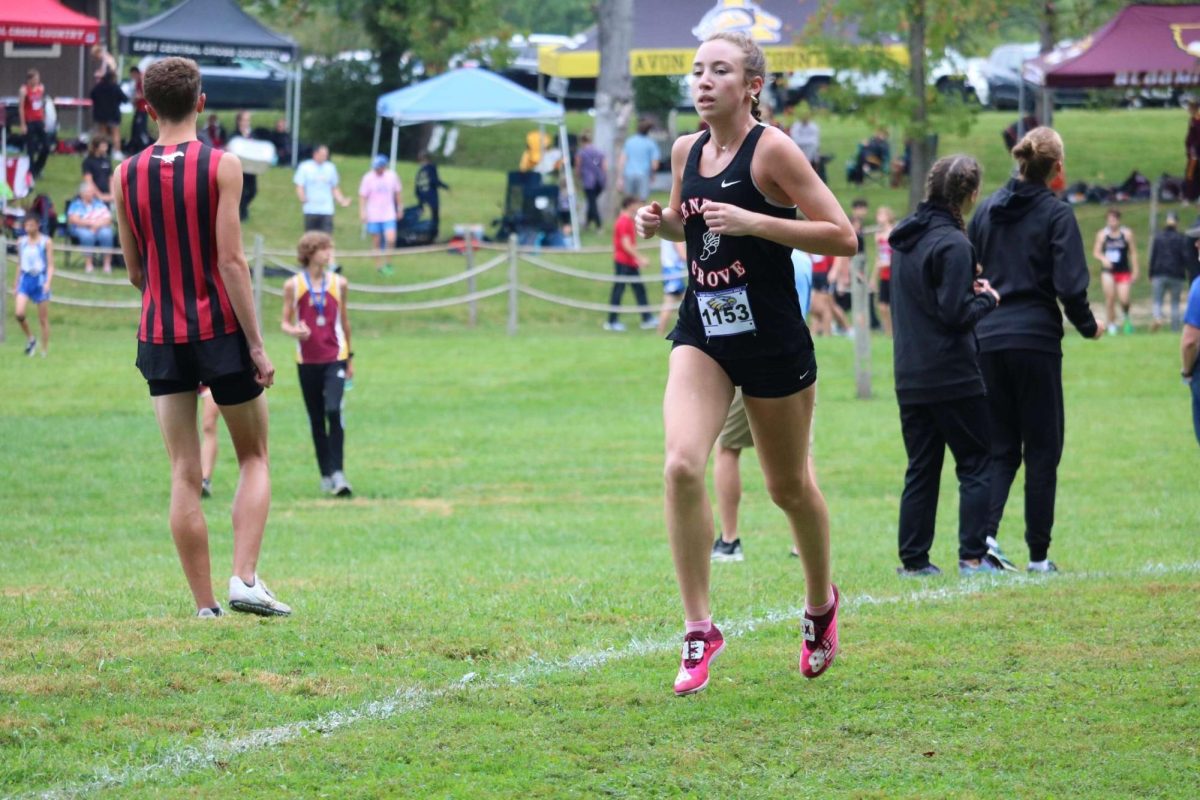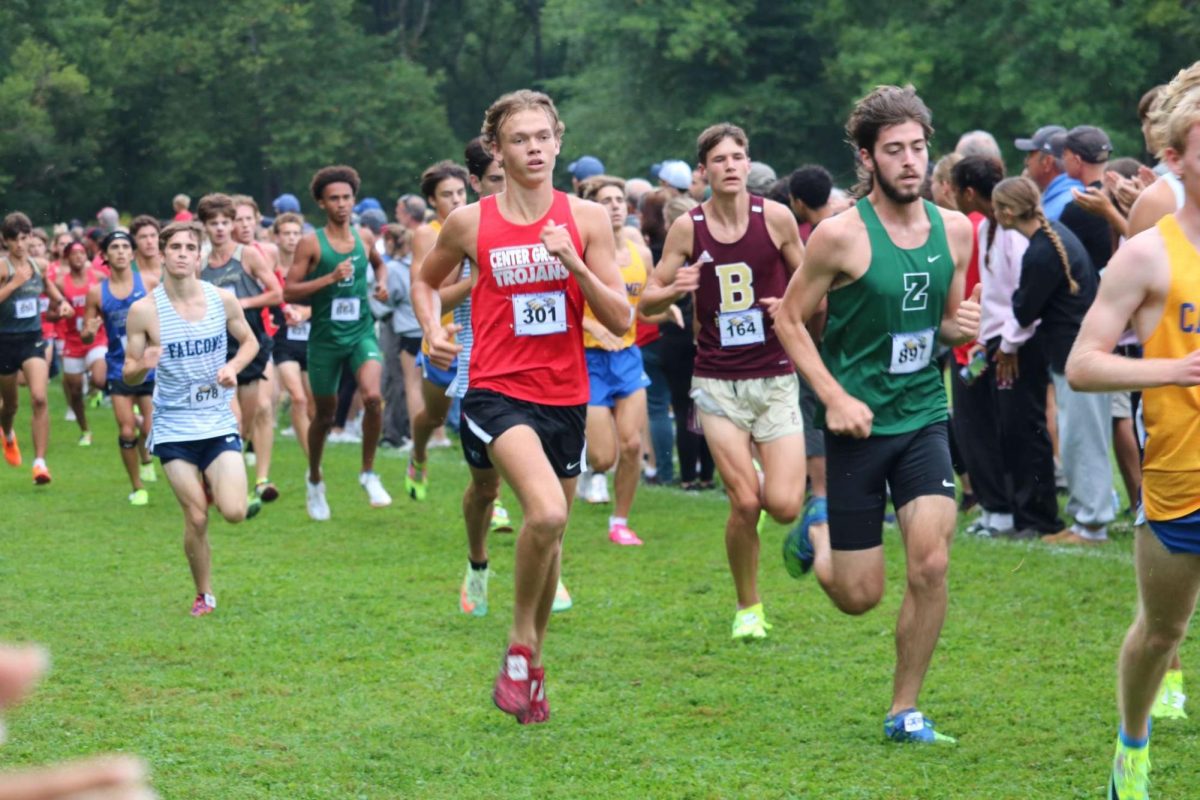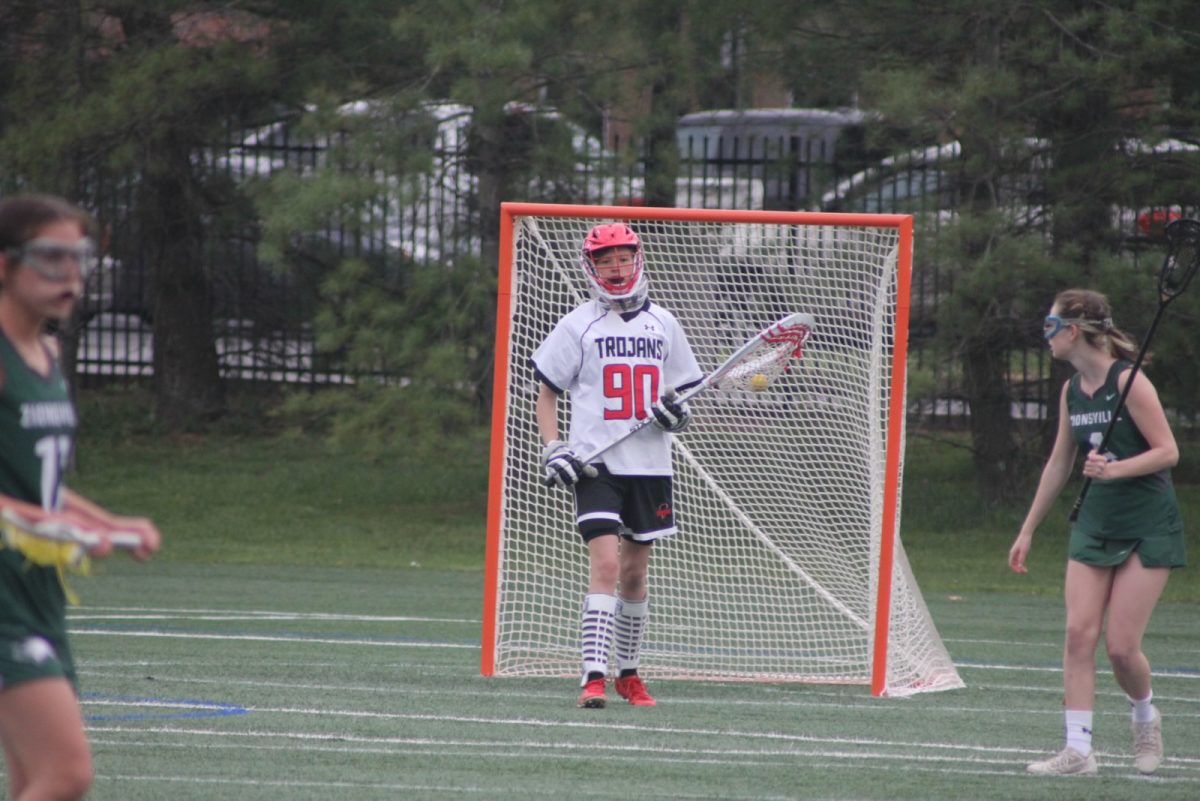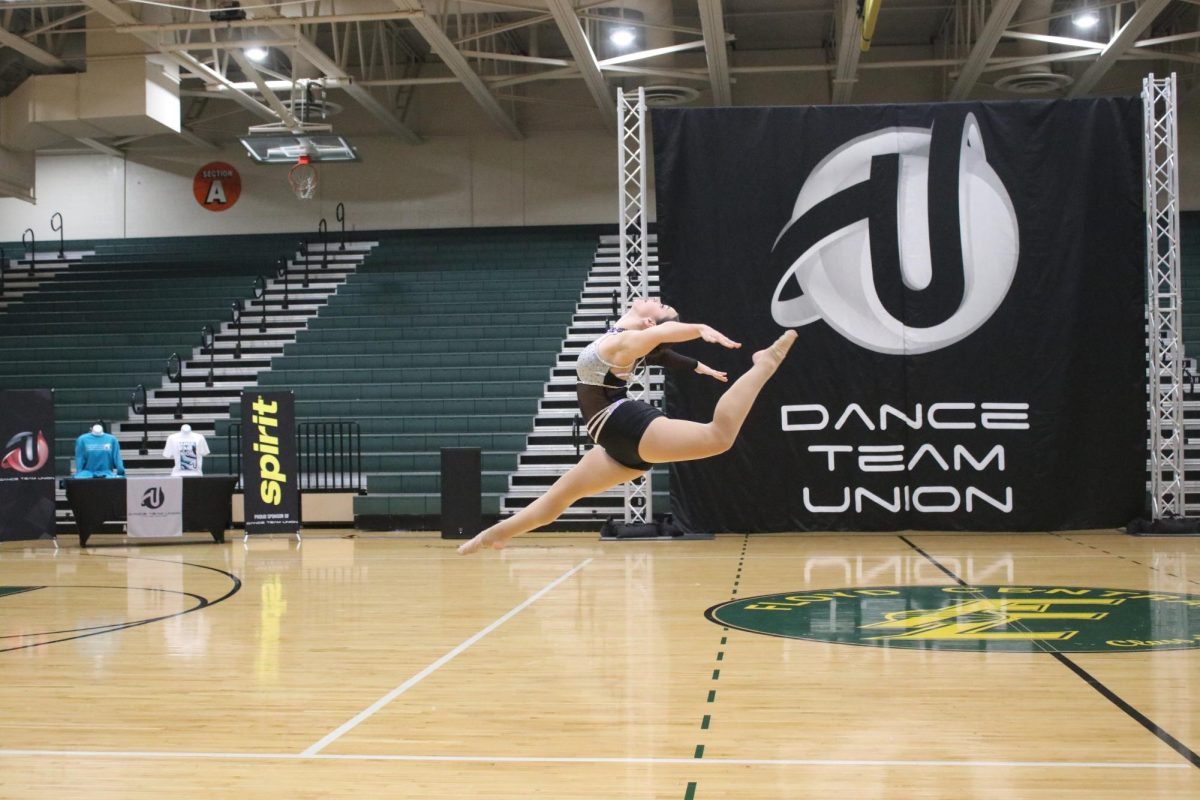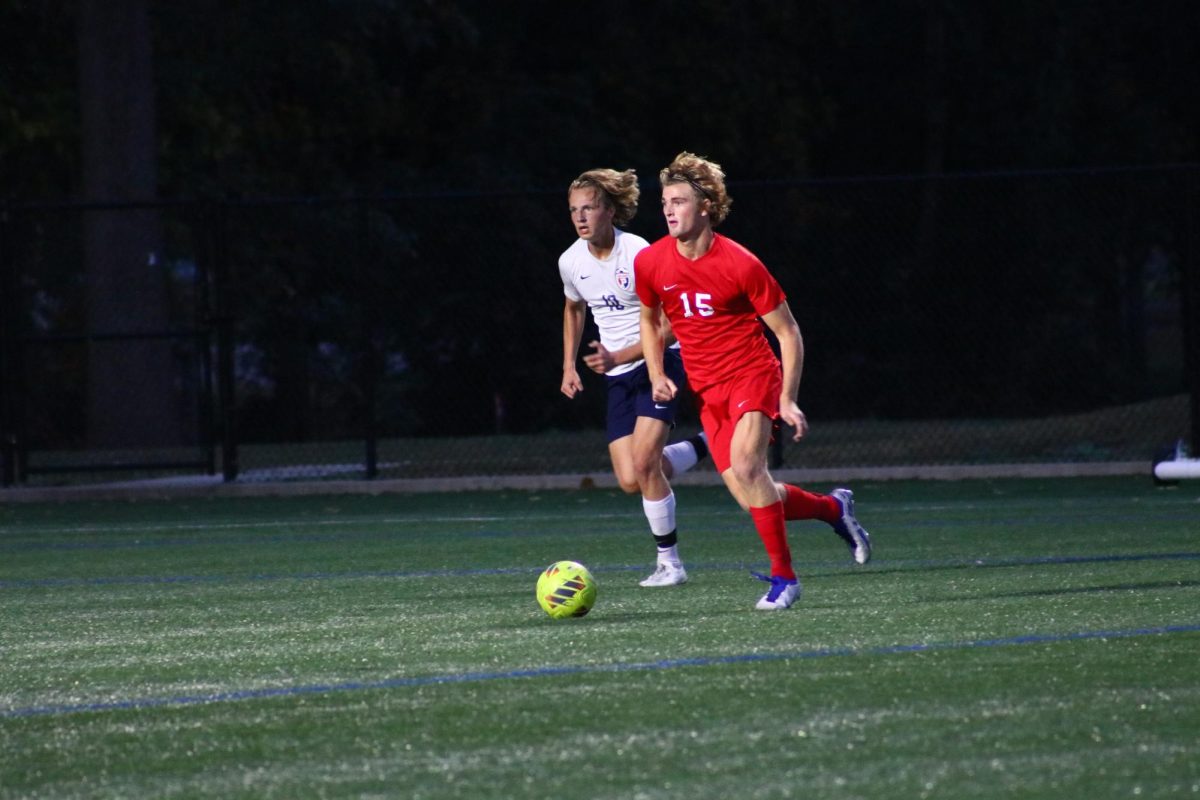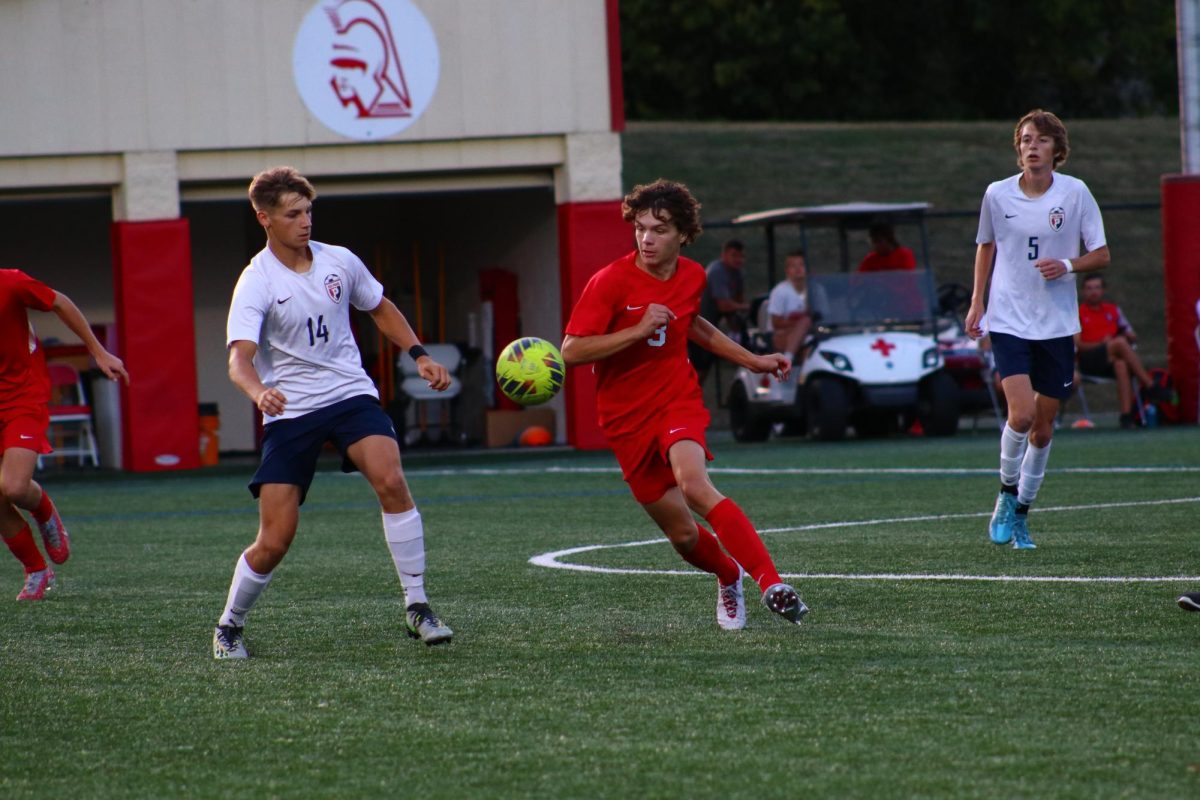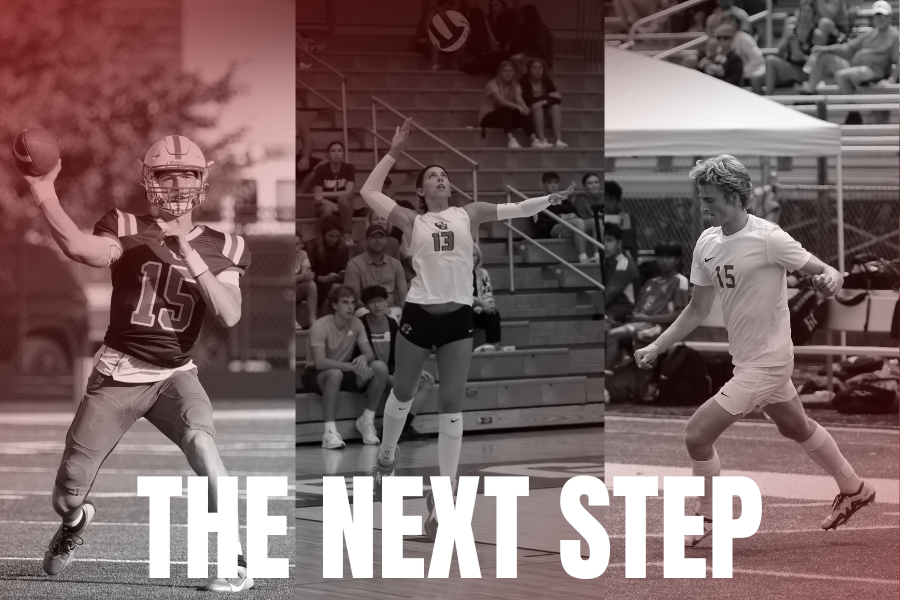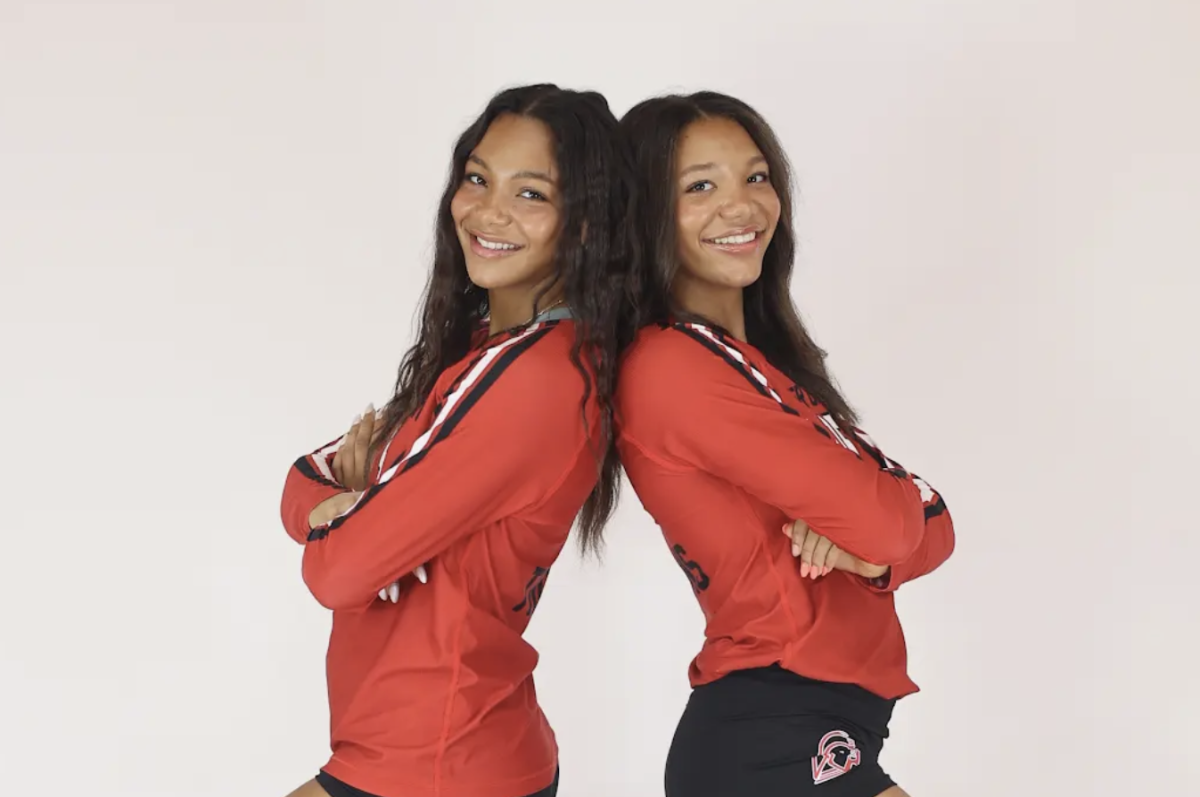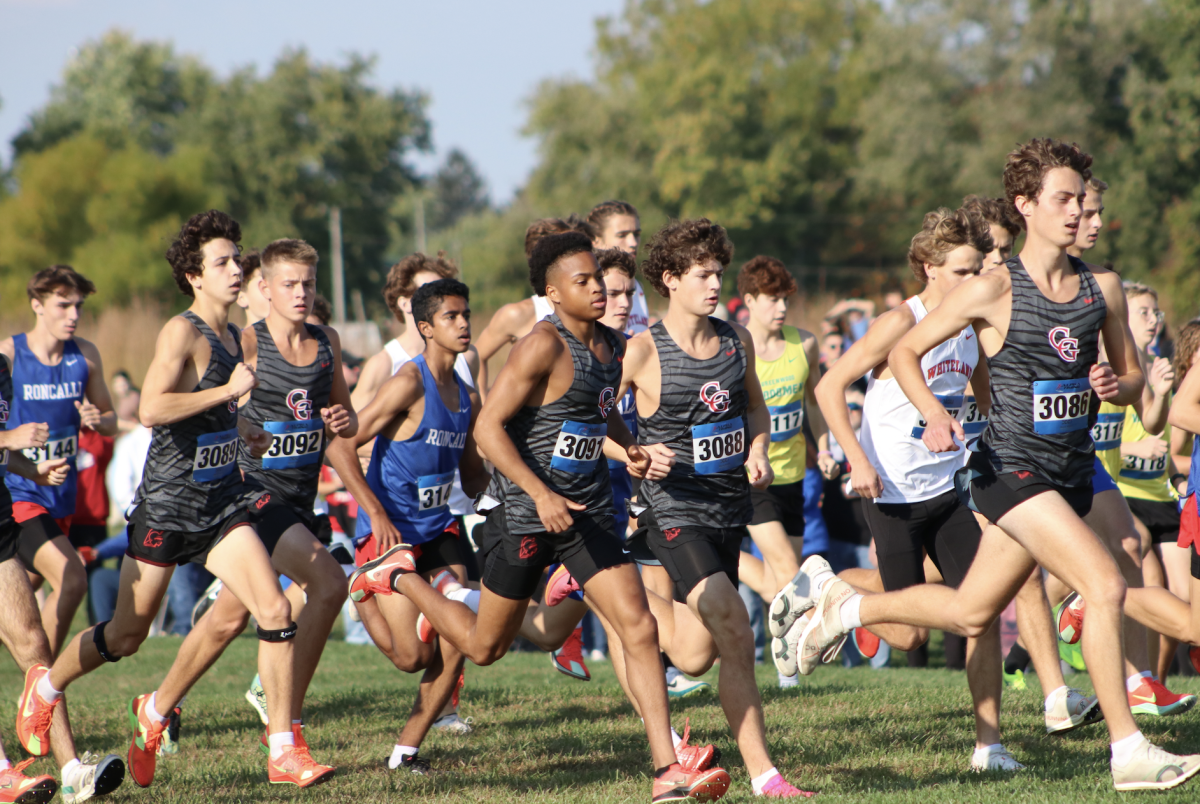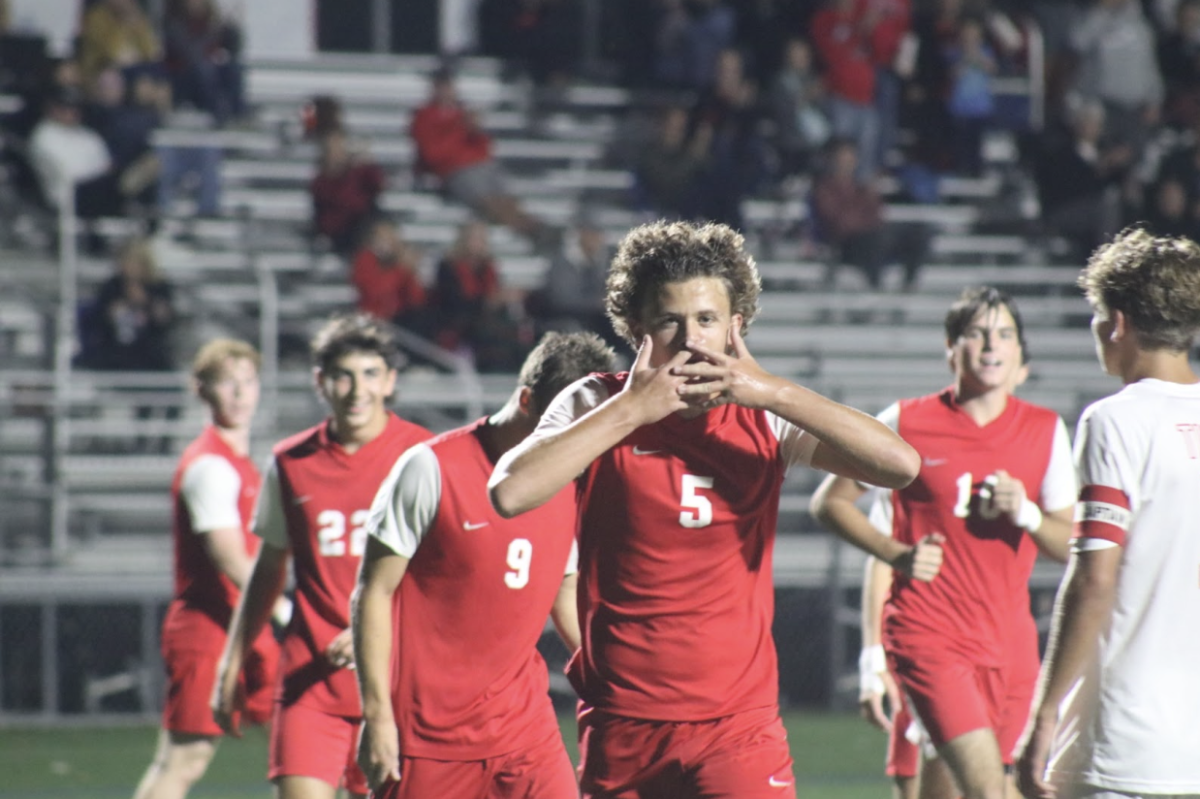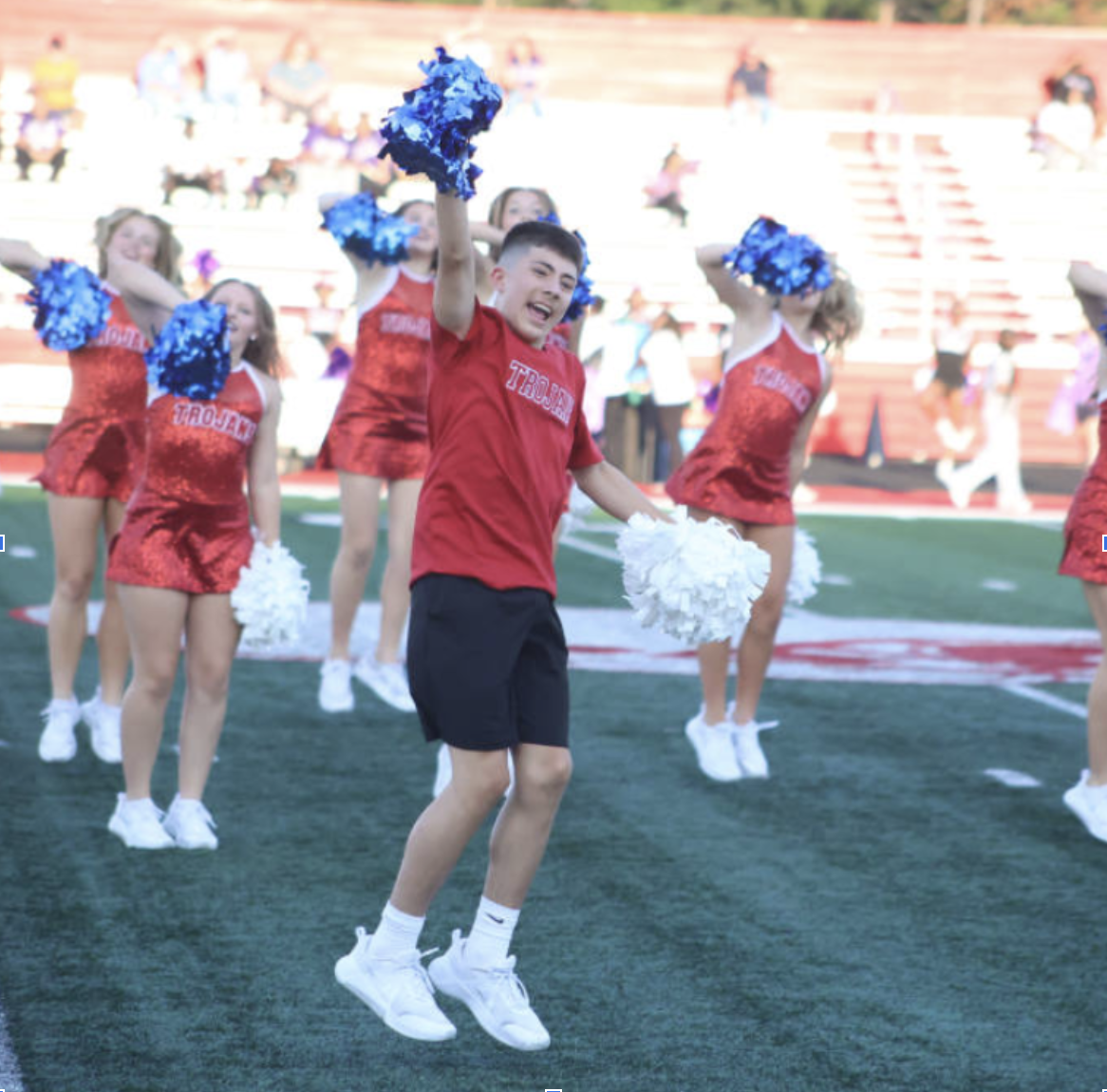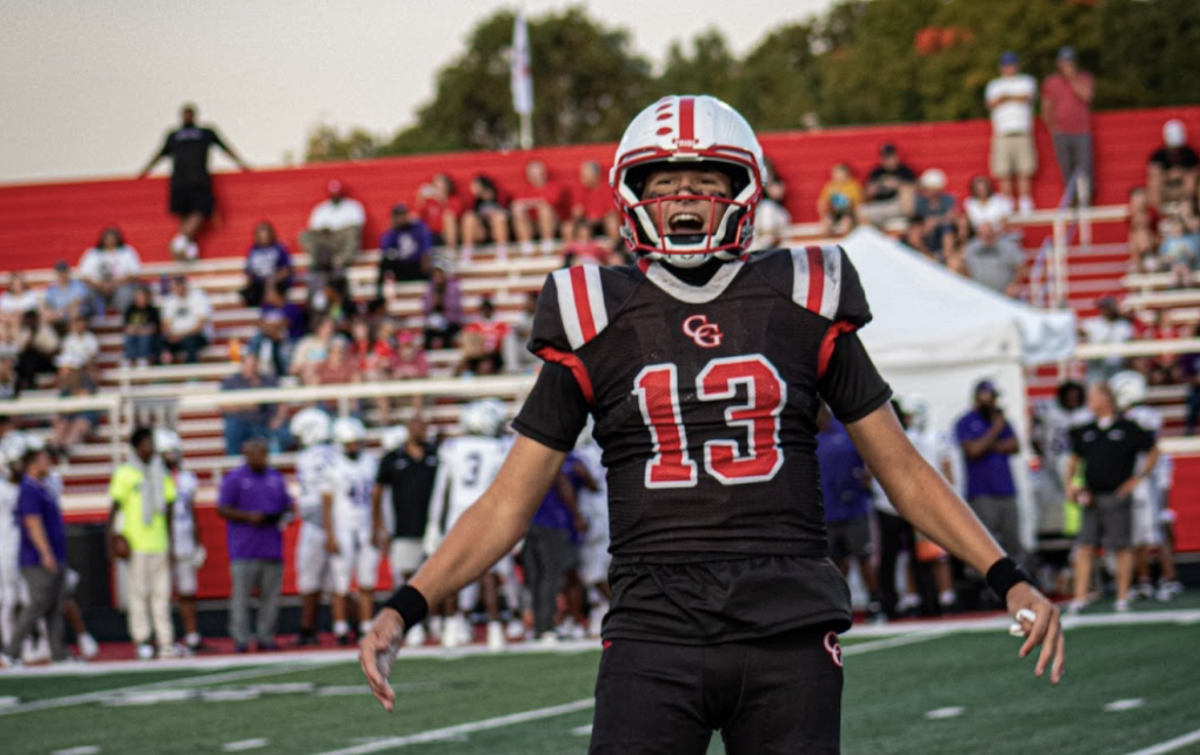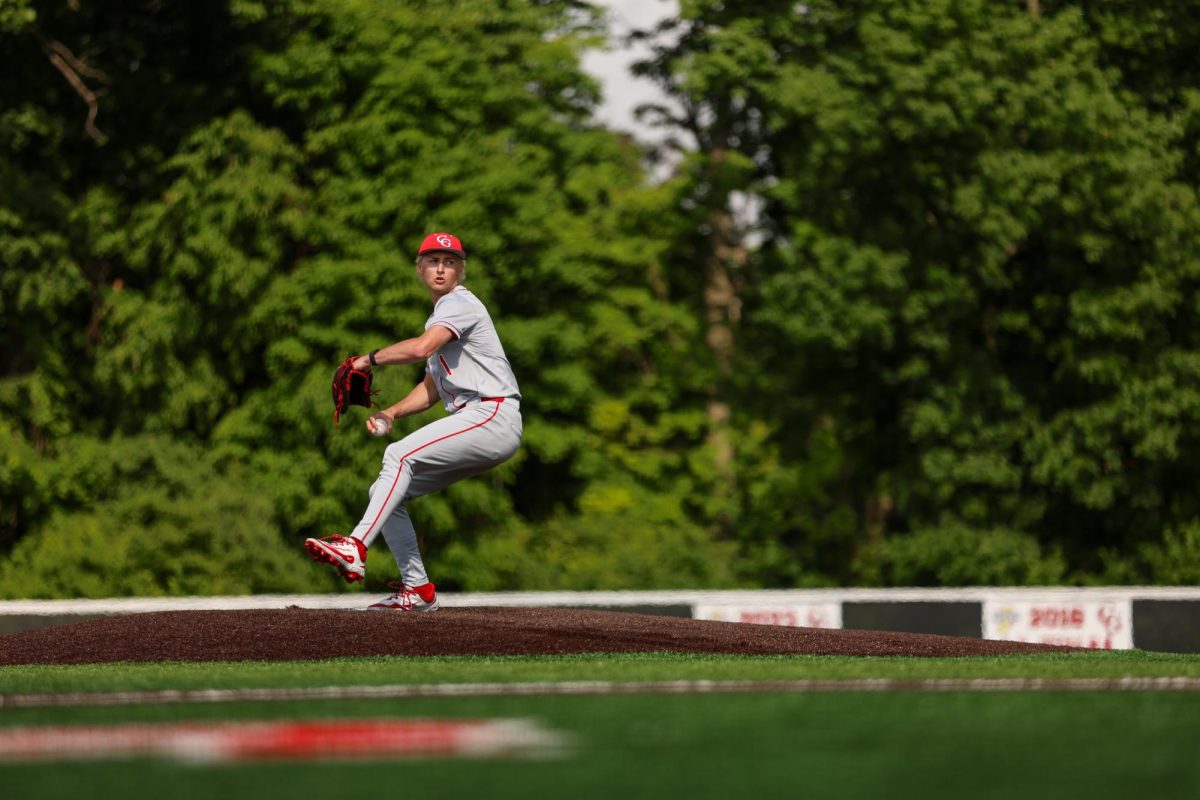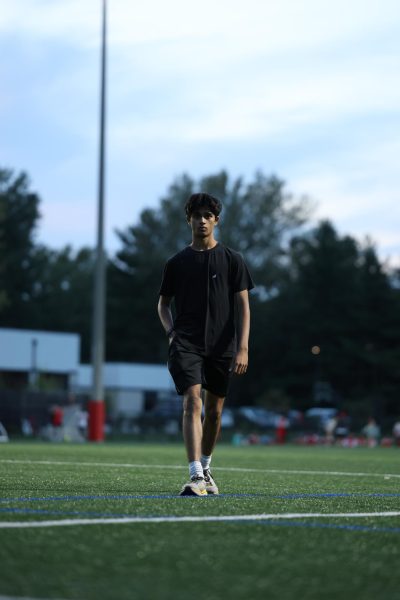Summer. A time of relaxation, an escape away from the turmoils and pressure of school and everything attributed to it. But while most high schoolers are enjoying their time away with friends or sleeping-in, there are still student-athletes like junior Tenley Wilkins at the school, pushing her way through the waters of the Center Grove natatorium. People like senior Kyle Montgomery, with lungs bulldozing their way through an hour-long run, no breaks. Machines like junior Keaton Barnhizer, heels blistered from the 90 degree heat and unforgiving soccer cleats, but able to find the energy for one more sprint. Because when the time comes, all this work will find fruition, not allowing them to give up, when it matters most.
Off-season conditioning is a big part of many athletes’ training regimens, including Barnhizer, in order to get/stay in shape for the season to come.
“When you play soccer, you have got to run, and depending on your position, you’re in all games, going up and down the field,” Barnhizer said. “In my case, I’m a center back, so I’m in a game 80 minutes at a time, I don’t really go out. So being able to run all day is kind of important for conditioning, you have to make sure you’re one of the most in-shape people there.”
In order to re-introduce athletes to the rigors of a normal season and prevent injuries before the season, coaches will often start out small and tailor workouts to their athlete’s goals, like in the case of Montgomery in his senior distance track season.
“For track, it’s kind of the same [as cross country] but for track you want to have more speed once you get to the season, so we kind of do the same thing: building up mileage and adding a little bit of distance every week,” Montgomery said. “We’ve been doing strides pretty much every day to gain a little bit of speed to our legs. We’ve started doing things like push sleds, and a lot more SAM, which is our strength exercises.
The fruits of this off-season conditioning were apparent for Montgomery in his first race, though he still sees room for improvement in his performance.
“I think in my first race, getting the high mileage helped me because I didn’t feel like I was breathing super hard, and that’s kind of the main part of the two mile [race] that’s tough,” Montgomery said. “But I felt like I was very aerobically fit because of what we did in the off-season. It’s just in track, it takes time to build up speed, and that was what was holding me back in my first race.”
Although off-season conditioning can have the immediate impact that it had on Montgomery, it can also lead to a gradual improvement as students progress through high school, as in the case of Barnhizer.
“I’d say summer conditioning has helped tremendously in being able to stay in the game,” Barnhizer said. “I remember freshman year I really couldn’t play longer than 15 minutes at a time, I was just so exhausted, but seniors and juniors would be able to play the whole game with no breaks. Now as I’ve gone into my sophomore and junior year and now going into my senior year, I’m able to stay in the game. I don’t need a sub. I don’t like it when I get subbed out, so it helps a lot.”
However, there is more to the off-season than just the practices associated with it. The girls swimming team still has early morning practices along with after-school practices, and it is important for them to maintain a good sleep schedule and diet.
“It’s really important to get the sleep that we need. I know with early morning practices it’s not very easy, but we have to make sure to diet correctly, sleep enough to where we’re not always tired and we have to fuel our bodies a lot,” Wilkins said.
Organizing off-season practices can be a good way for coaches and athletes to be held accountable for their work, while also setting a precedent for the season to come.
“We kind of just treat it like normal practice,” Montgomery said. “The coaches tell us that they’re not really taking attendance but everybody shows up anyway because everybody wants to get better and it’s a lot harder to do workouts on your own. So if you just get into the habit of going to practice every day, then it makes it pretty easy.”
The off-season can also be useful in transitioning from the outgoing seniors and establishing a new batch of leaders on the team.
“I think jumping into the leadership role without the seniors, the seniors leaving gives us the room to grow into those roles and really connect with the incoming freshmen during that off-season training to get us ready for the season,” Wilkins said.
The teamwork and leadership skills gained through off-season conditioning, along with the physical improvements athletes have experienced over their athletic careers, have and will come in handy in the future. Because as Barnhizer, exhausted but determined, slides in for a last minute tackle against Bloomington North, the whole team rallies behind him to help secure the win. As Montgomery forces his way to another oxygen-depleting PR in the 3200, he gives hope to the runners following after him that they could do the same. As Wilkins powers herself through her 200m backstroke, fighting through the pain, her teammates know they have to do the same.
Because off-season conditioning doesn’t become apparent for these athletes when things are going well. For them, it helps them come through, when it matters the most.


